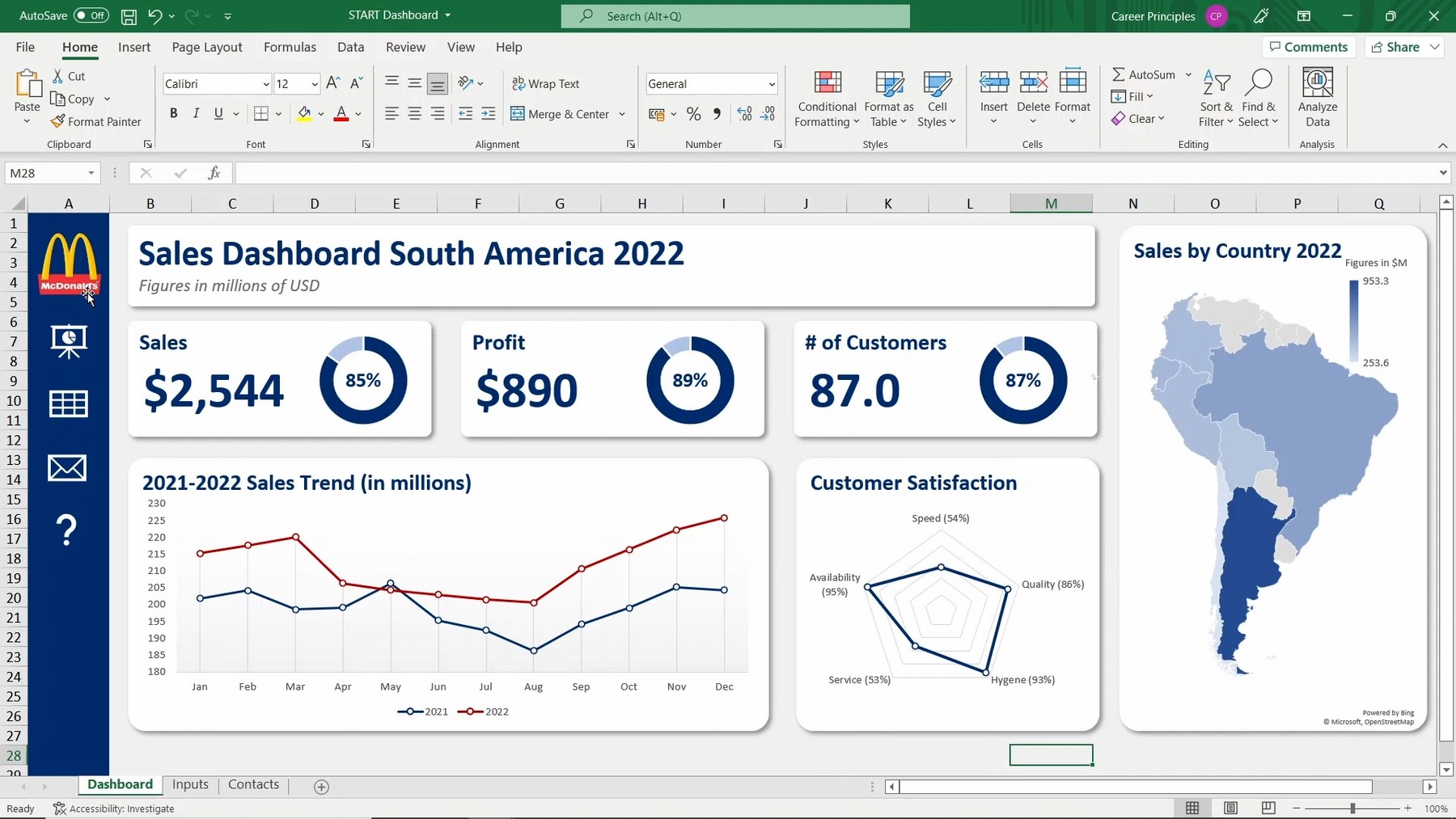
As these schedules are built the items shaded in purple can be appropriately linked to complete the model. Many financial models have to deal with a problem in Excel called circularity. A circularity in Excel occurs when one calculation either directly or indirectly depends on itself to arrive at an output.
Revenue and COGS Assumptions
All three statements are presented from left to right, with at least 3 years of historical results present to provide historical rations and growth rates on which forecasts are based. One of the first decisions in building a 3-statement financial model concerns the periodicity of the model. Finalize your income statement by connecting the operating expenses section, identifying capital expenditures and filling out the the depreciation and tax lines. In financial modeling, the “3 statements” refer to the Income Statement, Balance Sheet, and Cash Flow Statement. Every individual line item on the cash flow statement should be referenced from elsewhere in the model (it should not be hardcoded) as it is a reconciliation. Constructing the cash flow statement correctly is critical to getting the balance sheet to balance.
Build the cash from operations
And if you understand the operations and construction of these models, you will be better at building them, and better at fixing them. What matter is the Change in Working Capital on the Cash Flow Statement since that affects the company’s cash flow and ability to repay Debt and repurchase Stock. We’d ideally like to project new escalators and elevators sold, forecast the average prices, and assume a certain percentage of these new units go into “Service Units,” generating Services revenue in future periods.
Build the cash from operations – Microsoft Excel Tutorial
We have compiled a guide on gathering historical data needed for financial modeling here. Begin assembling your income statement by connecting it your revenue and COGS assumptions. Learn how to build a dynamic financial operating model in Excel from watch excel for finance: building a three-statement operating model videos scratch just like the investment bankers do it. We make it super simple by taking you step by step through each line using the example of a lemonade stand. Nedko earned a Master’s degree in Finance from Bocconi University (Milan, Italy) in 2012.
- A circularity in Excel occurs when one calculation either directly or indirectly depends on itself to arrive at an output.
- If you cannot read or interpret a company’s historical financial statements, you won’t be working on complex deals anytime soon.
- With the balance sheet projected, the next step is to project the cash flow statement.
- At a high level, this model confirms that most of the company’s claims are reasonable.
- The case study document tells us to “follow company guidance” for these last few line items.
You could attempt to input the data by copying and pasting from the PDFs, but it’s far more efficient to link directly to the Excel or CSV files. Before firing up Excel to begin building the model, analysts need to gather the relevant reports and disclosures. Your goal should be to finish the model, and if you can’t complete everything, simplify so that you can answer at least the main questions by the end. To avoid circular references, we can use the Beginning Debt balance to calculate the interest expense as well (for more, see our tutorial on how to find circular reference in Excel). With these formulas, we can now add these links to the Cash Flow Statement and set the “Other” line item in Cash Flow from Financing to ~2% of Debt Issuances to represent the issuance fees. We would examine this point and refine these projections if we had several hours or days to complete this case study.

What You Learn
So, you must demonstrate Excel proficiency and the ability to interpret data and make reasonable assumptions. The video walkthrough below has captions for some of the Excel shortcuts, but it’s not a full Excel tutorial, and we assume you already know the basics. If you don’t receive the email, be sure to check your spam folder before requesting the files again. An integrated model is powerful because it enables the user to change an assumption in one part of the model to see how it impacts all other parts of the model consistently and accurately.
In the 3-statement model, a circularity can occur because of the model plugs described above. This makes Excel unstable and can create a variety of problems for those using the model. To learn more about how to deal with circularity, go to the “Circularity” section of our guide on financial modeling best practices. Collectively, these show you a company’s revenue, expenses, cash, debt, equity, and cash flow over time, and you can use them to determine why these items have changed.
Once the historical data has been included in the template, the next step is to project the income statement. For most items on the financial statements, the historical information provides sufficient data to project the future. Some items, however, must first be calculated on a different financial statement or on a supporting schedule. All such items will be shaded purple to indicate that this data will be linked later in the process. Unlike the income statement, which shows operating results over a period of time (a year or a quarter), the balance sheet is a snapshot of the company at the end of the reporting period. The balance sheet shows the company’s resources (assets) and funding for those resources (liabilities and shareholder’s equity).
